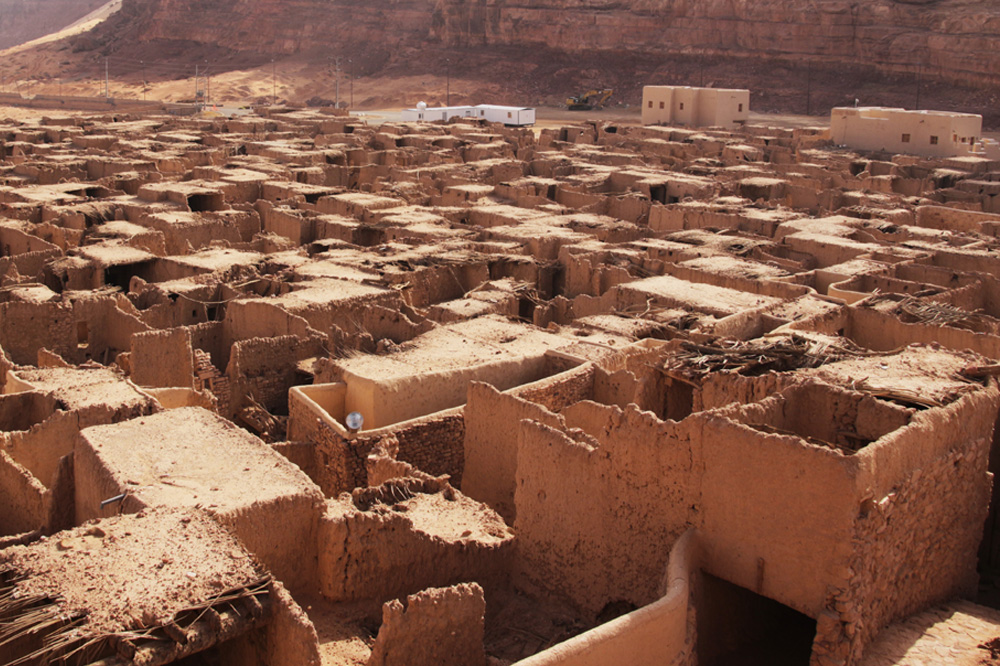
AL Ula
Time changes everything. Great civilisations come to an end and newer ones take birth. Al’Ula is no exception. Located on the historical Incense route, this is one of Saudi Arabia’s most beautiful ghost cities. But, the question remains, what is the history of Al’Ula, and, more importantly, how did it come to be?
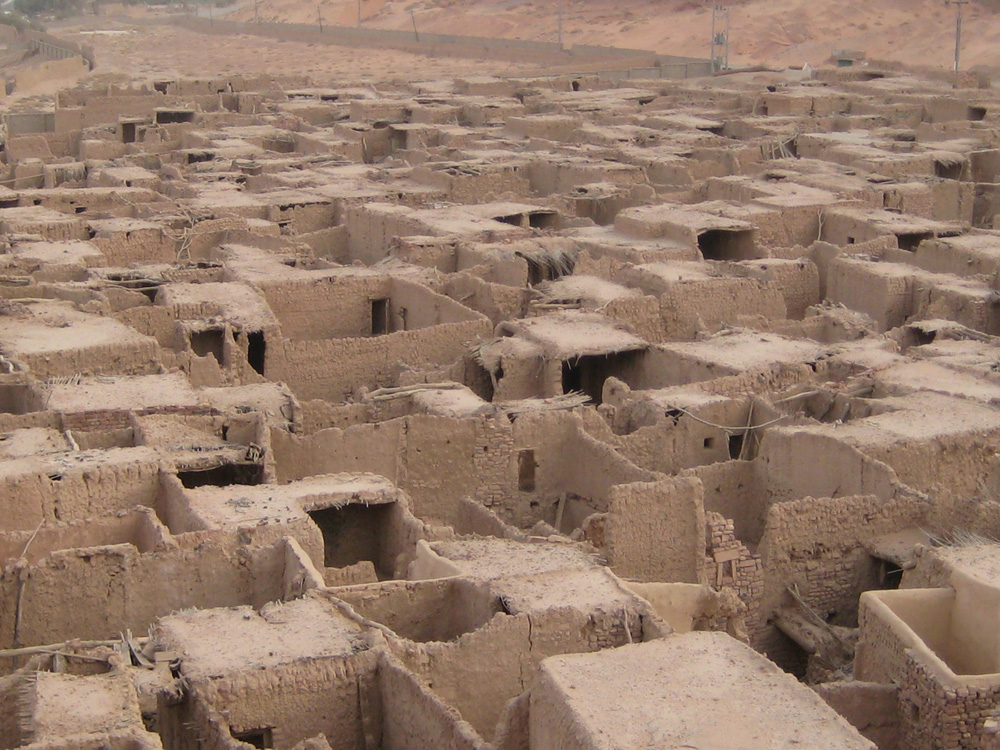
The Capital of Ancient Lihyanites
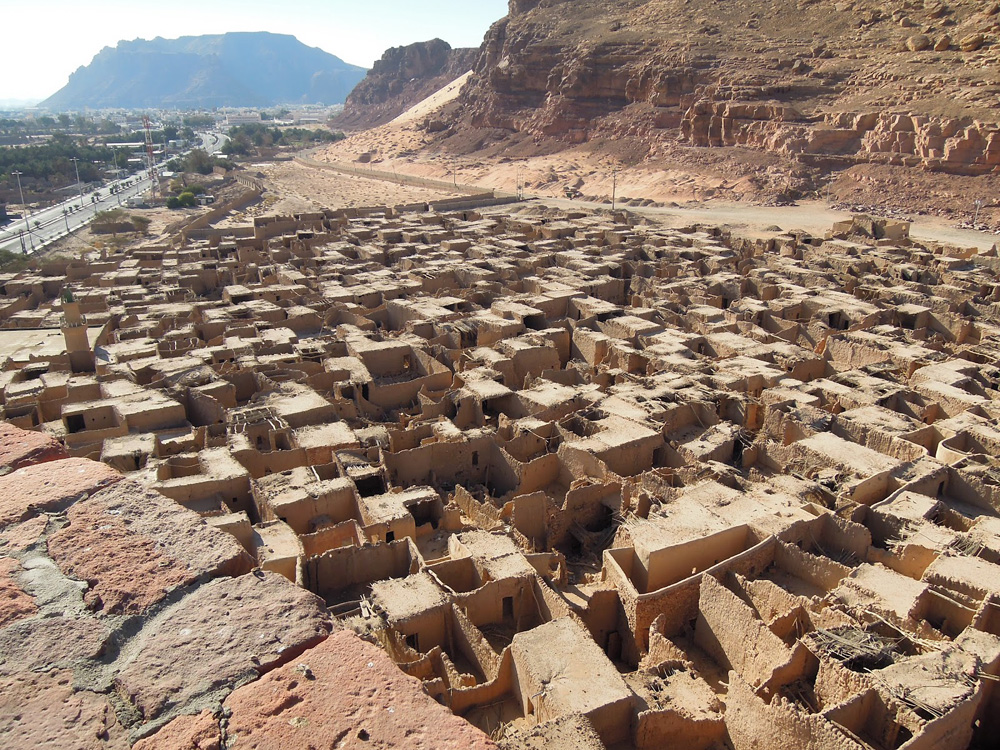
Al’Ula was once the capital of the ancient Lihyan kingdom. Many of the stone ruins in the ghost town are nearly 2,000 years old. It was, and still is, one of the most impressive towns of the Middle East.
Later, the region was ruled by the Nabataeans, until the time Rome overthrew their capital in Petra in 106 A.D. Interestingly, the site also played host to Prophet Muhammad in 630 A.D.
The town is situated along the historical incense route, which facilitated the trade of silk, luxury items, and spices through Egypt, India, and Arabia. Once called ‘Dydan’, the region served as an intersection point between historical civilisations.
In the course of time, many houses in the ancient city were rebuilt over ancient ruins. However, even today, many houses can be seen with ancient Lihyanite carvings on them.
The Birth of a Ghost Town
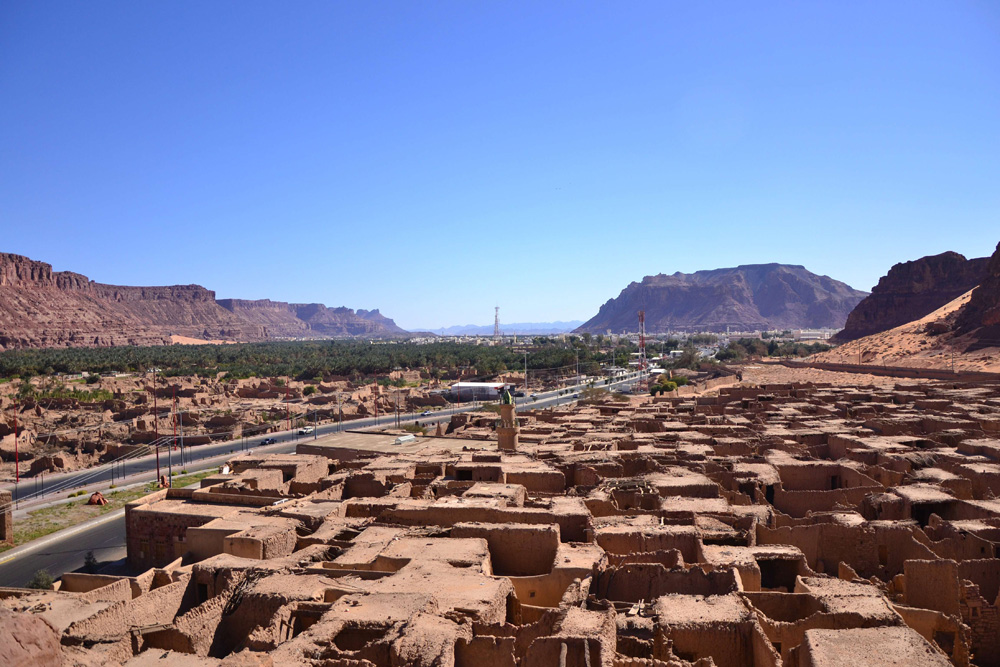
When the 20th century took its toll, the town was abandoned in favour of a nearby modern settlement. The last of the migrants also left in 1983, leaving the ancient town with a glorious past behind.
The mud-brick and stone houses of Al’Ula still narrate a story of the forgotten past. A past when kingdoms rose and withered away but the city, the historic town of Al’Ula stood all through.
Al’Ula Today
Today, one can walk through the maze of time in the ghost town of Al’Ula. It is easy to imagine how the 800 houses that line the network of streets would have once bustled with life. The walled city was founded centuries ago amidst a desert oasis with the soil fertile and the water pleasant. Years later, today, Al’Ula is slowly turning to dust.
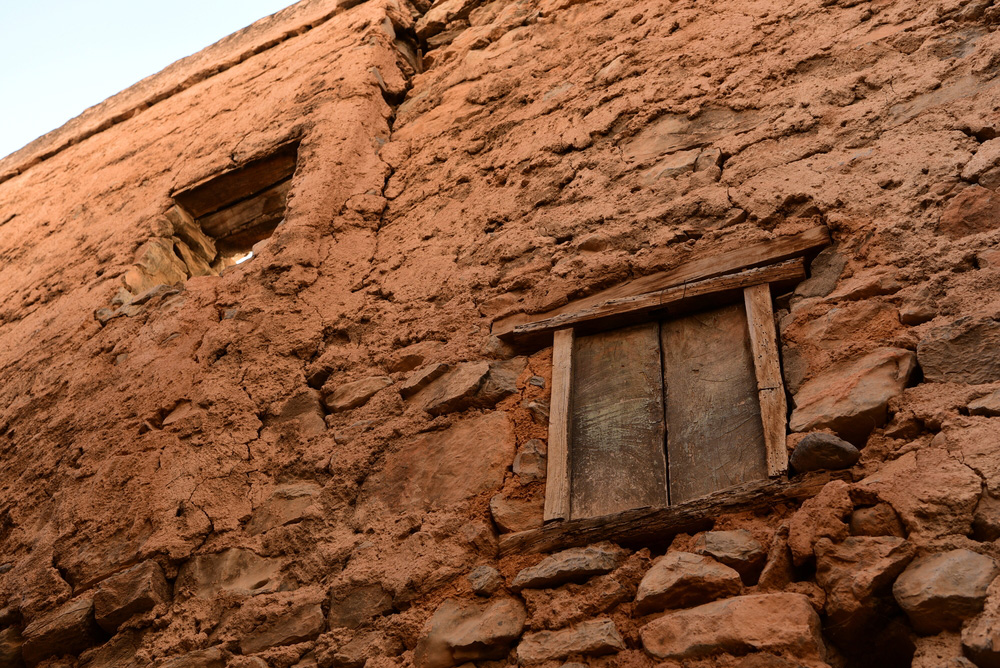
The Government is trying to develop the region owing its archaeological importance, and to ensure that the site is preserved before time takes its toll. When you visit the ghost town of Al’Ula try once to sit along an ancient road and picture the ancient past now lost in remote antiquity. You’ll be surprised.

















